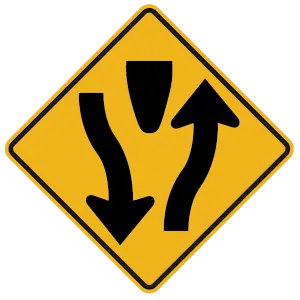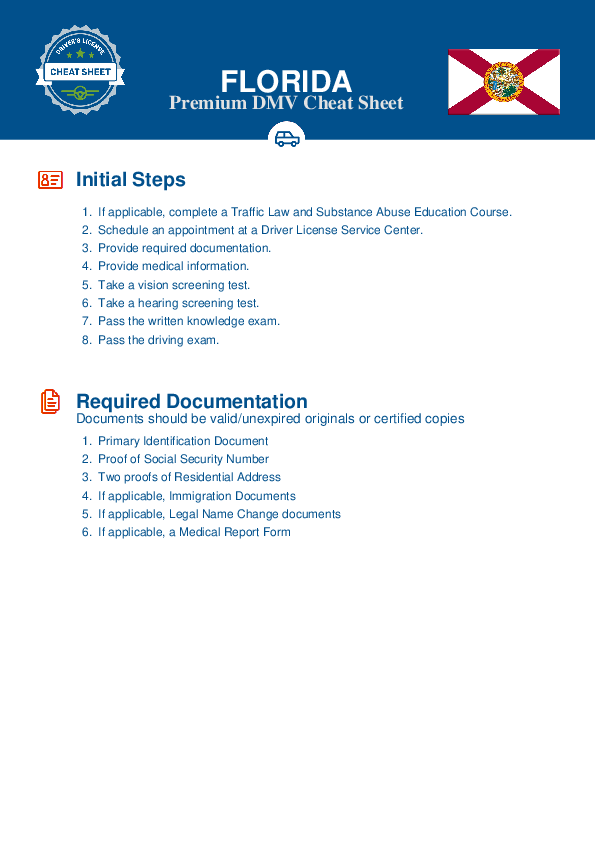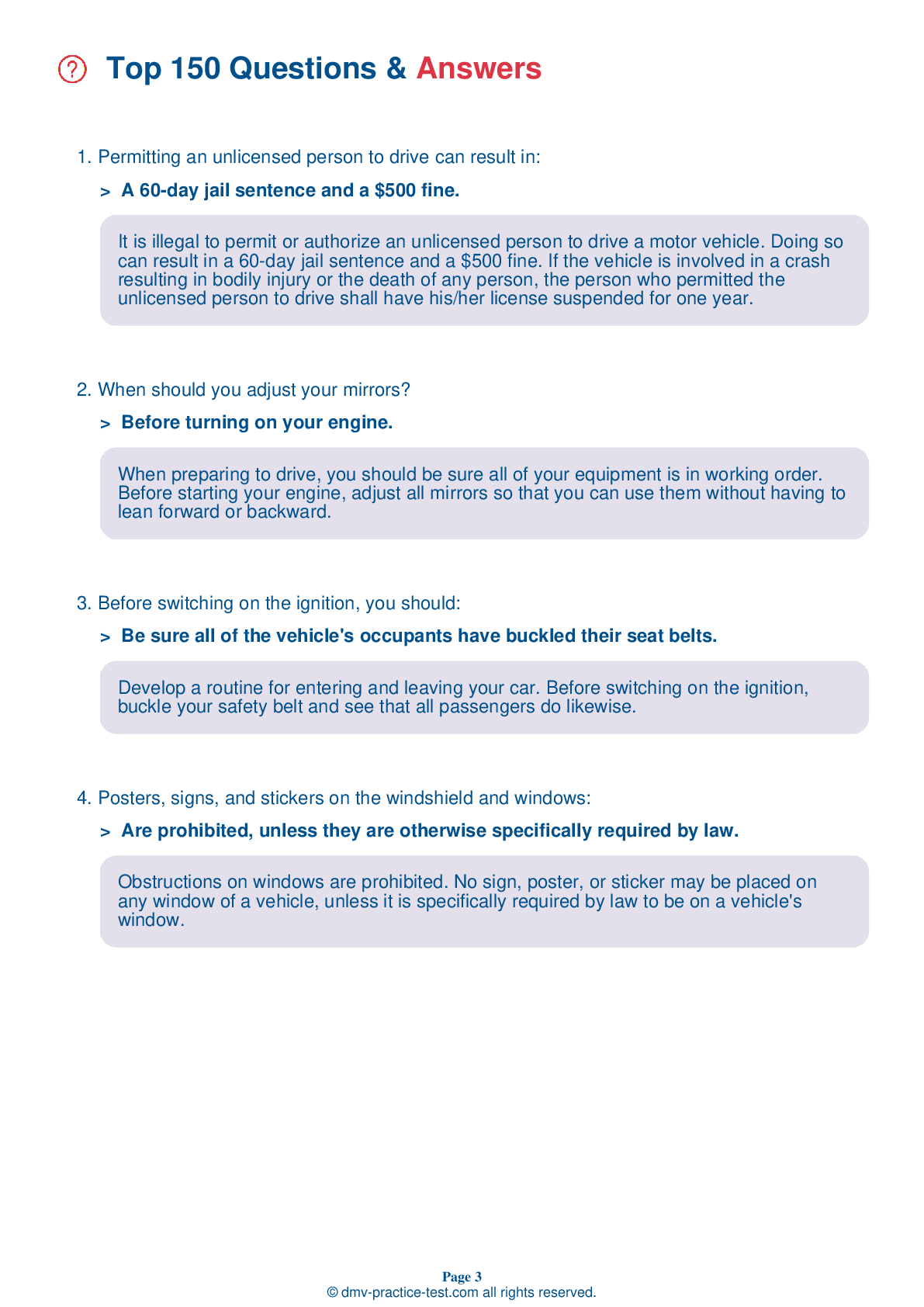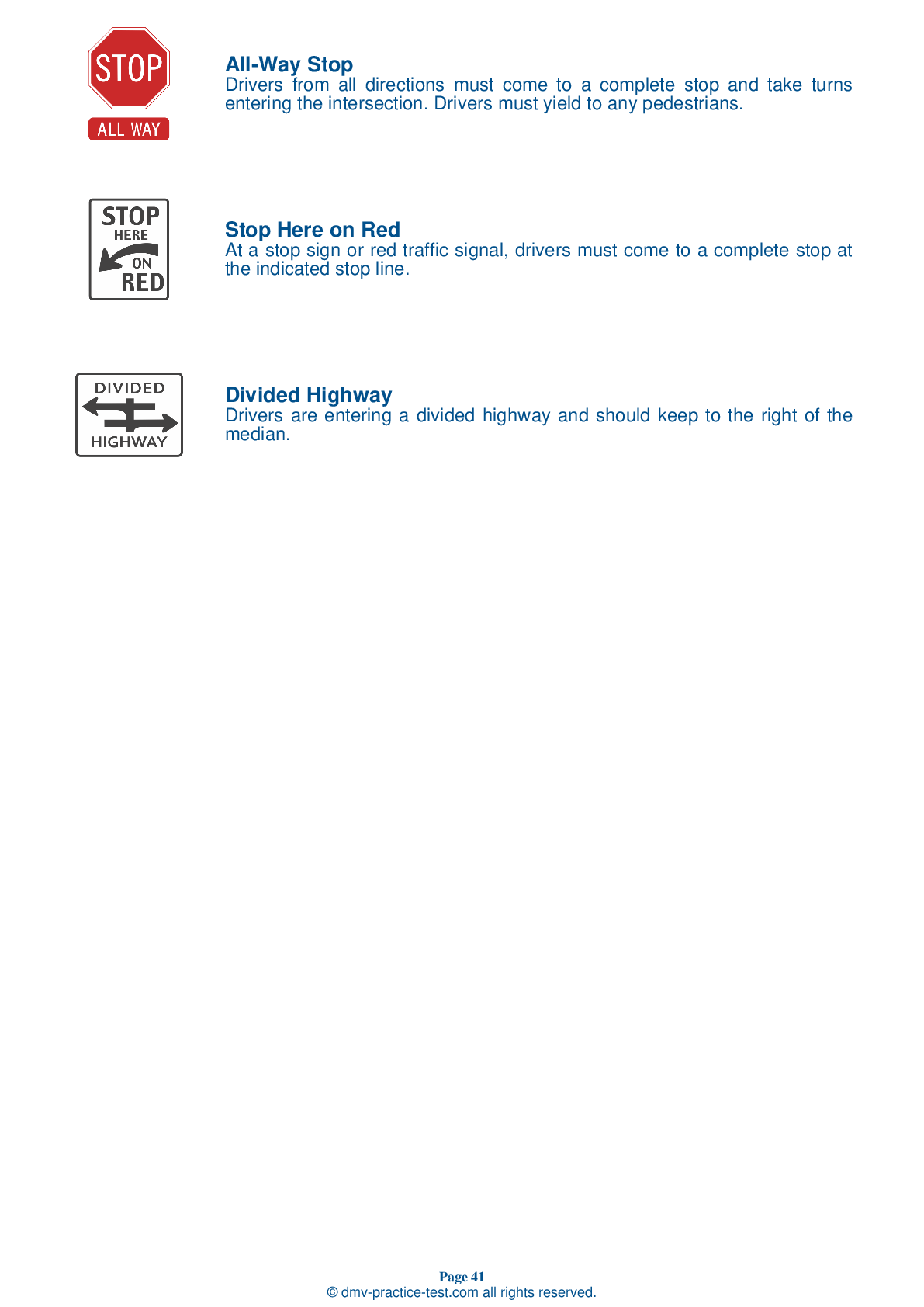FREE Florida DMV Practice Test #14 Page 7 of 7
This set of DMV practise tests for the Florida has been updated for January 2025. It includes questions based on the most important traffic signs and laws for 2025 from the Florida Driver Handbook. To study for the DMV driving permit test and driver's licence exam, use actual questions that are very similar (often identical!) to the DMV driving permit test and driver's licence exam.
Each question on the practise exam has a tip and explanation to help you recall the ideas. Questions about traffic rules, traffic signs, and driving statutes, as well as information from the Driver Handbook, will be included in the written portion of the official DMV test.
You must properly answer 40 of the 50 questions to receive the required passing mark. To help you prepare for your Florida instruction permit or driver's licence, take our DMV practise test.
The DMV exam is offered in a variety of languages.
Using any kind of testing assistance will result in an automatic fail, and the DMV may take additional action against your driver's licence, so stay away from it.
43 . A seat belt should be adjusted so that it:
Lap belts should fit snugly across your hip bones and the lower part of your abdomen. Shoulder belts should sit comfortably so that you can insert your fist between the belt and your chest.
44 . Your brake lights tell other drivers that you:
Your vehicle's brake lights indicate to other drivers that you are slowing down or stopping. Your brake lights should always be in working order when you are driving on any roadway.
45 . If you see this sign above your lane, you:
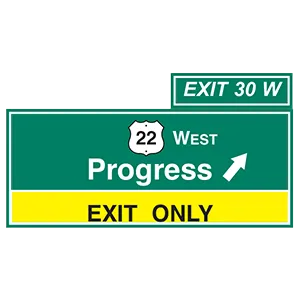
If a yellow panel with the message "Exit only" is on a highway sign, the lane below the sign will not continue through the interchange. Instead, the lane will go off of the roadway to form a ramp. If you are in a lane directly under an "Exit only" sign, you may change lanes to move through the interchange or you must exit the highway.
46 . A driver should be extra alert to motorcyclists, bicyclists, and pedestrians because:
In many collisions with motorcycles, bicycles, and pedestrians, drivers reported that they were looking but still did not see the smaller vehicle or pedestrian. These can be more difficult to spot in traffic than passenger vehicles because they are smaller, may move faster, and have less noticeable lighting. To prevent collisions with these smaller and less protected road users, drivers should always be alert to the presence of motorcycles, bikes, and pedestrians.
47 . You want to turn left at an intersection. The light is green but oncoming traffic is heavy. You should:
When making a left turn where there is approaching traffic, you must wait for the approaching traffic to go through before you turn. You may enter the intersection to prepare for your left turn if the light is green and no other vehicle ahead of you plans to make a left turn.
48 . This sign means:
